7 Tips for Choosing the Best LED Light Harness for Your Project
In recent years, the demand for energy-efficient lighting solutions has surged, with the LED market projected to reach a staggering $100 billion by 2025, according to industry reports. As projects increasingly transition to LED technology, selecting the appropriate LED light harness becomes critical. A suitable harness not only ensures optimal performance and longevity of the LED fixtures but also simplifies installation and maintenance. With countless options available, it is essential to navigate the market carefully to find a harness that meets specific requirements. This blog will explore seven crucial tips for choosing the best LED light harness for your project, empowering you to make informed decisions that enhance functionality and efficiency while maximizing your investment.
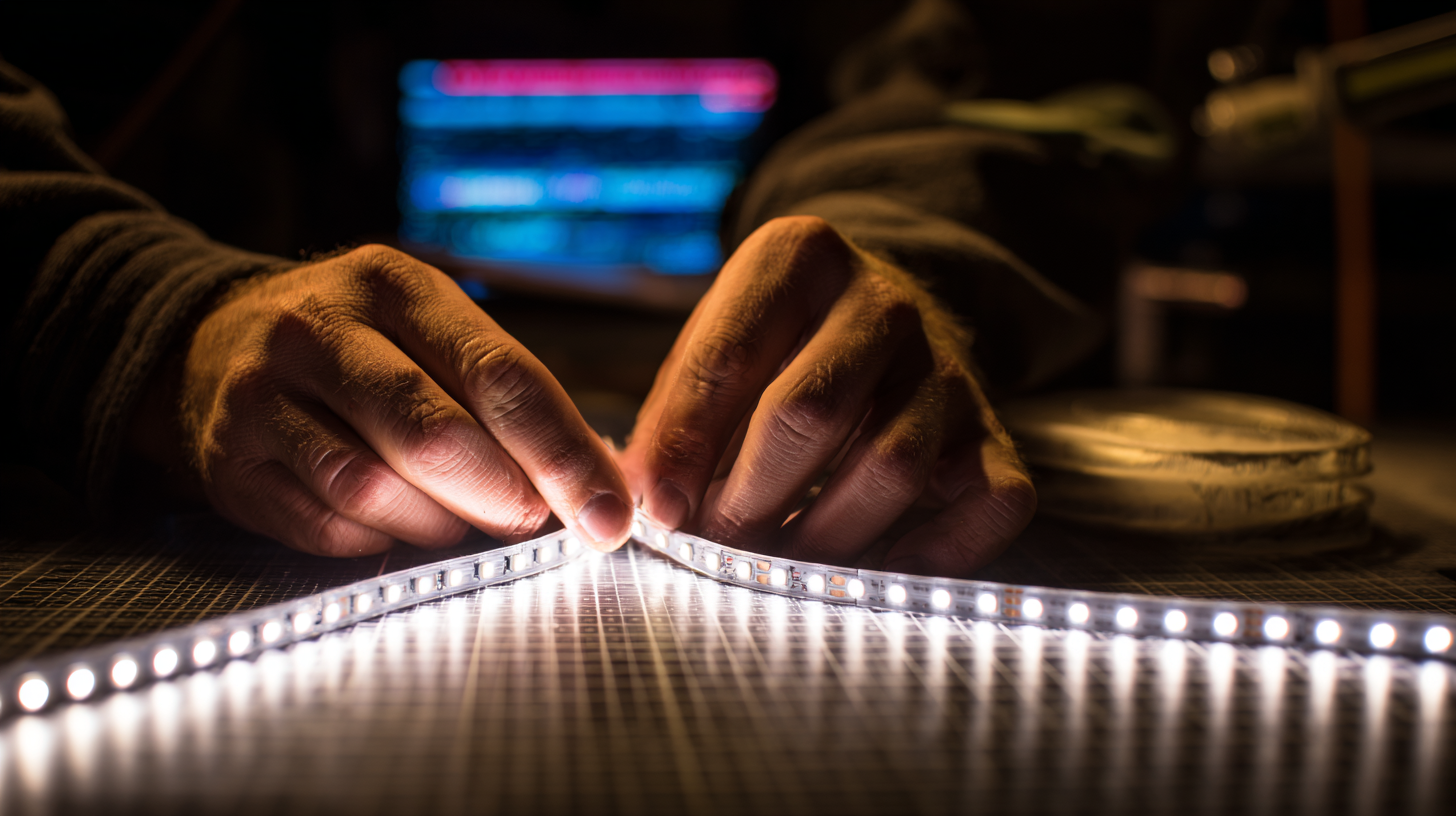
Understanding Different Types of LED Light Harnesses for Your Needs
When it comes to selecting the right LED light harness for your project, understanding the various types available is crucial. LED light harnesses come in several configurations, including single-color, multicolor, and RGB options. According to a report by MarketsandMarkets, the global LED lighting market is projected to reach $105.4 billion by 2025, largely driven by advancements in LED harness technology. This provides consumers with a wide array of choices to meet specific lighting needs, from simple ambient lighting to complex dynamic displays.
Another important consideration is the power and connection type of LED harnesses. Most options are designed for standard 12V or 24V systems, but custom applications can also require unique specifications. A study published by the Department of Energy indicated that switching to LED lighting can result in energy savings of up to 80%, emphasizing the importance of selecting the right harness to fully leverage these benefits. Additionally, compatibility with existing electrical systems is essential to ensure efficiency and prevent potential damage, so it's important to assess your project's requirements accurately.
Key Factors to Consider When Selecting an LED Light Harness
When selecting an LED light harness for your project, several key factors are essential to ensure optimal performance and efficiency. First and foremost, compatibility with the LED lights you are using is crucial. According to a recent report by the Lighting Research Center, nearly 40% of installation issues stem from mismatched components. This lack of compatibility can lead to reduced luminosity and increased energy consumption, negating the very advantages of using LED technology.
Another important consideration is the harness's material quality. Industry standards suggest that low-quality materials can significantly affect the durability and reliability of the harness under various environmental conditions. For instance, a study conducted by the Illuminating Engineering Society found that harnesses made from robust materials like silicone last 25% longer than those made from standard plastic. Additionally, you should also evaluate the power rating and current load capacities to prevent overheating and ensure safety. By carefully considering these factors, you can choose an LED light harness that enhances the overall efficiency and life span of your lighting system.
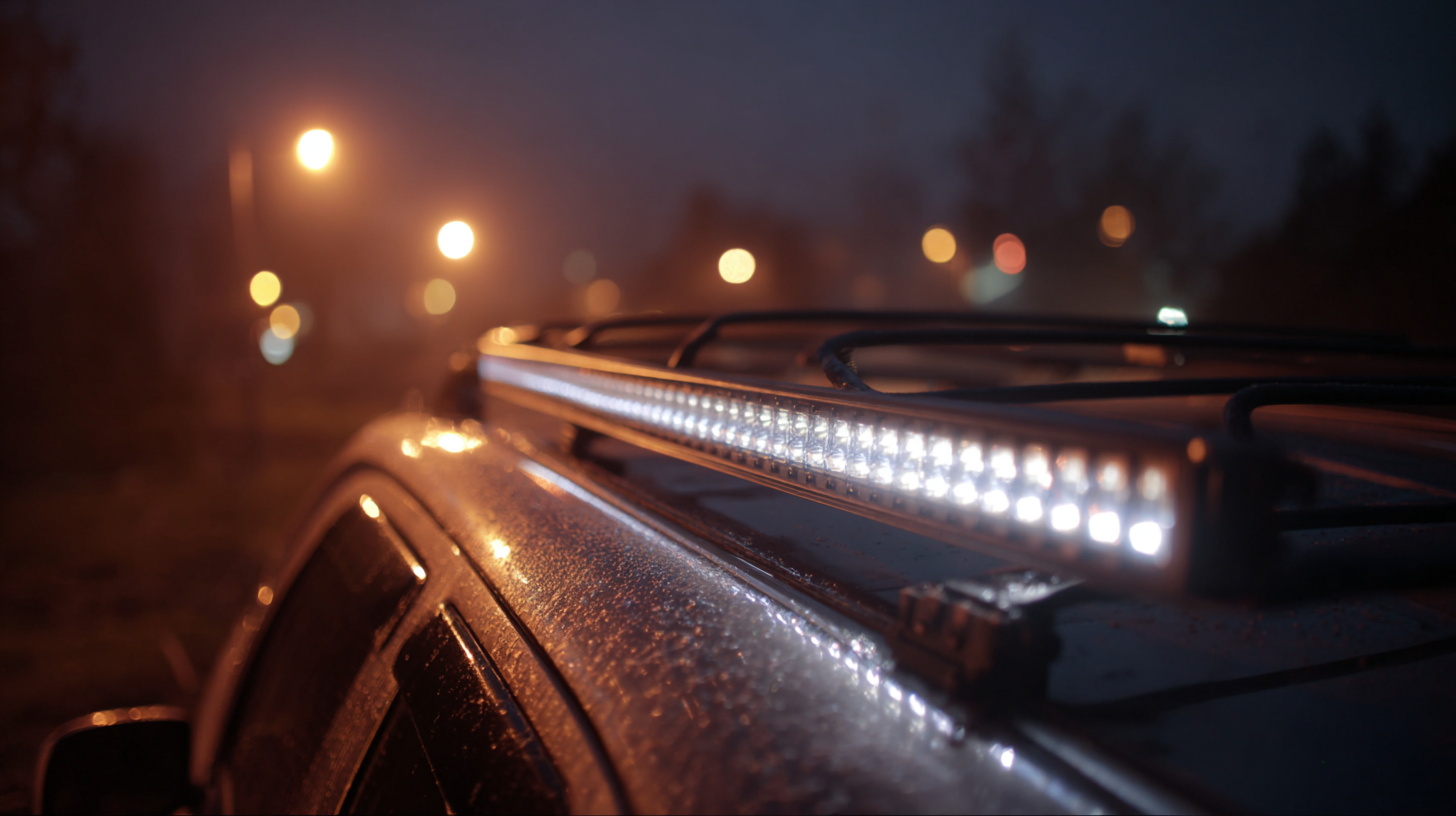
Comparing Custom vs. Pre-Made LED Light Harness Options
When embarking on a project that requires LED lighting, one of the first decisions is whether to opt for a custom LED light harness or a pre-made option. Custom harnesses offer unparalleled flexibility, allowing you to design a system tailored precisely to your project's specifications. This means you can choose the length, connector types, and even the color temperature of the LEDs, ensuring that every aspect meets your requirements. Custom options are particularly advantageous for unique applications, such as specialized vehicles or bespoke installations, where standard solutions might fall short.
On the other hand, pre-made LED light harnesses provide convenience and efficiency. They are ready to use, which can save time during the installation process, making them an excellent choice for DIY enthusiasts or those who need a quick solution. These harnesses come with standardized designs that are often tested for compatibility and performance, reducing the risks associated with custom installations. Ultimately, the choice between custom and pre-made options depends on your project's specific needs, budget, and the time you have available for installation.
LED Light Harness Type Comparison
Evaluating Compatibility with Your Project's Power Source
Choosing the right LED light harness for your project requires careful consideration of compatibility with your power source. It's essential to evaluate the voltage and current specifications of your project to ensure optimal performance. For instance, LED light harnesses are available in various configurations, and selecting one that matches your power output will prevent potential damage and inefficiencies.
Additionally, consider the power supply type used in your project. Whether you are integrating a harness with renewable energy sources like solar or other more traditional power supplies, understanding how these systems interact is crucial. A harness designed for compatibility with battery systems, for example, might differ significantly from one intended for direct grid connection. This compatibility assessment is akin to recent analyses of power supply technologies in various fields, such as the evaluation of fuel cell technologies for sustainable ship power or solar power systems designed to meet stringent energy goals.
Lastly, do not overlook the importance of installation requirements. Certain harnesses may require specific installation techniques or initial configurations that align with your project’s power source. Ensuring that your light harness can seamlessly integrate with your chosen power infrastructure will significantly enhance the functionality and longevity of your project.
7 Tips for Choosing the Best LED Light Harness for Your Project - Evaluating Compatibility with Your Project's Power Source
| Tip | Description | Considerations |
|---|---|---|
| 1. Check Voltage Requirements | Ensure the LED harness matches the voltage of your power source. | Common voltages are 12V and 24V. |
| 2. Assess Current Rating | Determine the current output of your power source to prevent overload. | Check the LED harness current draw specification. |
| 3. Evaluate Connector Types | Match connectors of the harness with your existing wiring system. | Look for compatibility with automotive or other specific connectors. |
| 4. Review Length Requirements | Ensure the harness is long enough for your application. | Consider adding extra length for flexibility in installation. |
| 5. Compatibility with LED Type | Choose a harness specifically designed for the type of LEDs being used. | Different LEDs have different driver requirements. |
| 6. Consider Environmental Ratings | Check for water and dust resistance based on installation location. | IP ratings can be helpful indicators. |
| 7. Read User Reviews | Find feedback from other users to gauge reliability and performance. | Look for ratings regarding ease of installation and longevity. |
Tips for Measuring and Installing Your LED Light Harness Effectively
When it comes to measuring and installing your LED light harness effectively, precision is key. According to a report by the Lighting Research Center, incorrect installation and measurement can reduce the efficiency of LED systems by up to 25%. To avoid this, start by accurately assessing the size and layout of your project area. Use a measuring tape to determine the appropriate length needed for your harness, factoring in any bends or turns in your installation. Ensure that you allow for about 10% extra length to accommodate unforeseen adjustments.
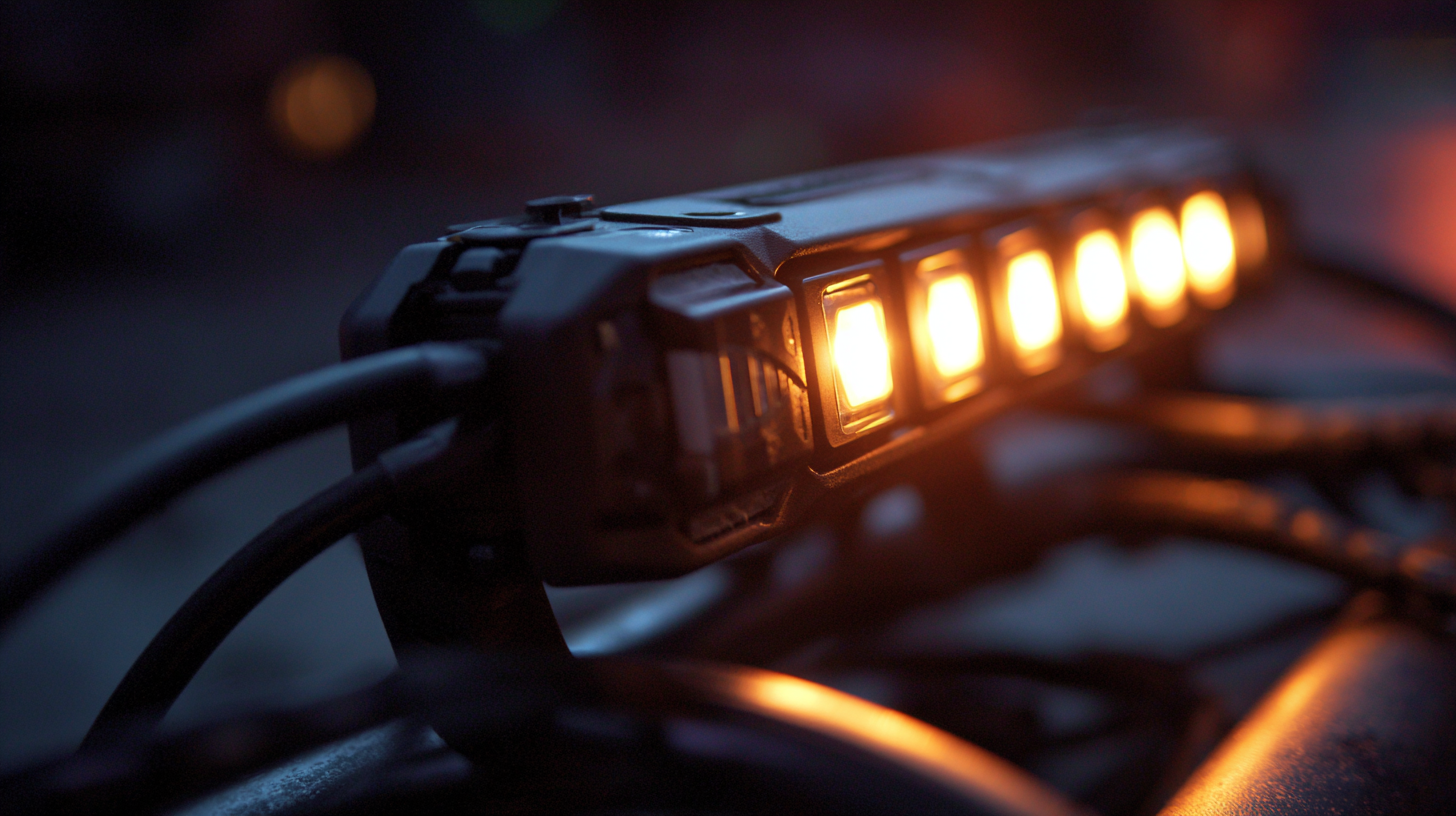
Once you have your measurements, the installation process begins. According to the U.S. Department of Energy, proper installation can improve the lifespan of LED fixtures by 20% or more, translating to significant cost savings over time. Be sure to follow manufacturer guidelines, particularly regarding connections and mounting. Utilizing high-quality connectors and ensuring good contact can prevent issues like flickering or complete failure of the lighting system. Following these tips will not only enhance the performance of your LED lights but also ensure a smoother installation process, leading to a more professional finish for your project.
Related Posts
-
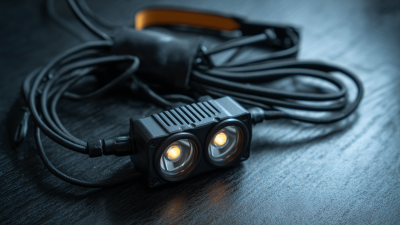
How to Choose the Best LED Light Harness for Optimal Performance and Efficiency
-

Ultimate Guide to Sourcing High Quality LED Light Harness for Your Business Needs
-

Top Strategies for Sourcing Innovative Wire Lights in the Global Market
-
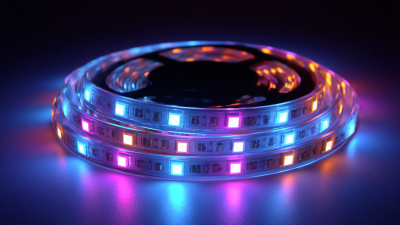
The Ultimate Guide to Choosing the Perfect LED Strip for Your Project
-

How to Choose the Right LED Light Wiring Harness for Your Projects
-

Unlocking the Advantages of Light Strips Enhancing Ambiance and Energy Efficiency for Modern Spaces
